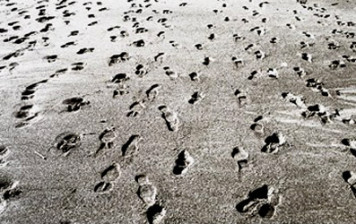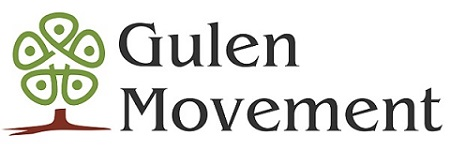
Muhammed Cetin
Participation in services takes relatively stable, enduring forms. Individuals come and go and replace one another but the projects remain and continue. Individual needs and collective goals are not mutually exclusive; they are one and the same thing, and in daily life coincide and interweave closely with the action of the Gülen Movement. The Gülen Movement thus becomes a vehicle, a means, for people to transform latent potential into visible collective action. Participation in services around a specific goal and the tangibility of the products yield and strengthen solidarity. Externally visible aspects of the mobilization, and its rapidity, extension, and success, reflect the inner solidarity of the participants.
The social cohesion in the Gülen Movement is cultural in character. To a certain degree, the solidarity of the group is inseparable from the personal quest and from the everyday affective and communicative needs of the participants in the network. Yet it remains incidental to the main aim, not a goal pursued for itself; rather, it accompanies action naturally as a result of experiences and memories gained, and it is retained through the labor of accomplishing collective projects.
Participants in the Gülen Movement tend to appreciate Fethullah Gülen for his knowledge, scholarliness, sincerity, integrity, and commitment to altruistic services, profound concern and compassion for others. It should not be ignored that all these qualities come from his Islamic education and upbringing. However, participants do not perform any sort of sacral celebration of Fethullah Gülen in the Gülen Movement.
The Gülen Movement is oriented toward action and goals. This orientation builds in the movement a fairly cohesive and homogeneous identity. It strengthens the face-to-face human and psychological interaction and, in turn, facilitates collective action of all kinds. The movement does not negate and attempt to eliminate people’s differences, but tries to bring them around mutually acknowledged similarities and references so that they can serve their communities and humanity. It does not focus on secondary, contradictory and ambivalent differences, which have little significance for universally accepted projects, such as education and interfaith dialogue.
The movement has participants from all walks of life, people that have different levels of education, people from various ages with divers cultural backgrounds. All voluntarily work together at service projects and show that cohesion is possible, the message they try to spread at all corners of the globe.
Source:
Summarized from the book “HIZMET – Question and Answers on the Gulen Movement” by Cetin, Muhammed.
Tags: Gulen Movement | Organizational structure within the Gülen movement | Participation in the Gülen movement |Related Articles

Islamist vs. Islamic: Erdogan’s deep-rooted hatred of the Gülen movement
The Gülen movement, as a moderate, liberal Islamic civil society group, has tried to prevent the radical Islamist Erdogan from taking Turkey to a political Islamist hell. However,…

Is the Gülen Movement a cult?
The Gülen Movement is not linked to any sectarian tradition or affiliation. Networking, participation and affiliation in the Gülen Movement are not exclusive, alienating and sectarian because the…

Understanding Structure and Hierarchy in the Gülen Movement – 2
Martin Taylor In my previous blog, in an effort to understand and explain how the Gülen Movement (also called Hizmet) operates without a top-down organizational structure, I looked at…
